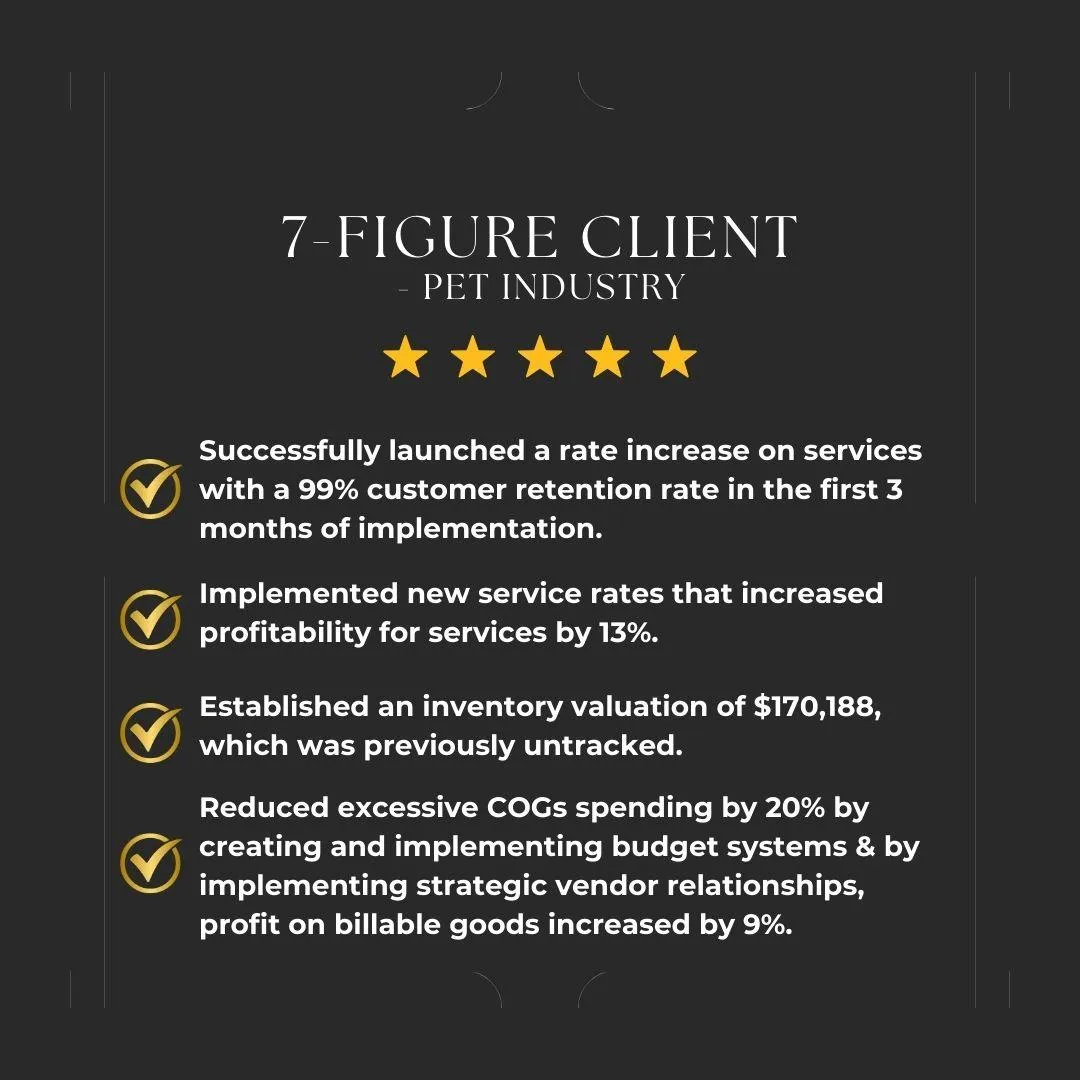See Our Latest Posts and News
Access our FREE Blog and Learning Library of content

How to Provide Critical Feedback to Coworkers Effectively
How to Provide Critical Feedback to Coworkers Effectively
Your coworker messed up again. Your teammate is doing things differently than the rest of the team and it is making your job harder. You feel that they need to get feedback on the issue.
What do you do? How do you address inefficiencies in the workplace without either:
(a) burning it all down (i.e. causing a ton of drama)?
(b) being cast as a supervillain by your coworker for pointing out the obvious?
To be clear, we are not referring to large-scale mistakes that would require disciplinary action or firing, but those smaller (almost petty) inefficiencies that often make things run a bit slower and make your job a bit harder. Providing critical, and often unsolicited, feedback can be a painstaking and risky process, especially if you are concerned about the repercussions of voicing your concerns. How can you approach each situation so that you can voice the needed critiques while still fostering a positive work environment?
Here are a few tips:
HOW TO NOT BURN IT ALL DOWN
This one is simple! Don’t let your frustration fester until you explode. Full stop. I know it can be hard to watch a coworker repeatedly make mistakes or struggle with inefficiencies, especially when it impacts your own work, and not get upset. It’s human nature. But, addressing the issues before you arrive at a breaking point is essential. Don’t wait until you are so fed up that you create contention in the workplace, make it difficult for the co-worker to want to improve, or as we say in the Deep South “let your slip show,” i.e. make a fool out of yourself in front of the whole office. If well thought out and executed, addressing the issue can be a win-win for both you and your workmate.
ADDRESSING COWORKER INEFFICIENCIES
I suggest that you approach them directly and privately first before voicing the issue to other coworkers or supervisors. Perhaps they are unaware of how their workflow and actions affect the rest of the team. Approaching the coworker first provides them with the opportunity to improve ahead of team or management scrutiny and helps foster trust.
Before approaching your coworker:
Organize your thoughts by writing down the specific inefficiencies that you’d like your coworker to correct.
Write down the reasons why these behaviors need to be addressed: Are they holding up your work in some way? Does it create more work for you or your co-workers? Does it make the company look unprofessional? Be specific! Write down specific examples of when these inefficiencies occurred.
Then, write down some specific examples of what your co-worker does well. Provide specific examples. Are there qualities that the co-worker does well at that can be applied to the tasks in which they are demonstrating inefficiencies?
Once you’ve taken time to evaluate both sides of the coin, take some time to think about how you would feel if you were approached by someone pointing out your workplace errors. How would you want them to approach you?
Practice the conversation in your mind, anticipating both a positive and negative response from your coworker. Regardless of how prepared and compassionate you may approach the situation, there is always a chance that your message will not be received well. Prepare for that outcome, and practice how you will react if it does not go the way you hoped.
Addressing your coworker:
Always ask if it is a good time to speak with your coworker before launching into a conversation. You never know what private struggles or professional challenges your coworkers might be going through on that day, so asking permission to speak with them is essential.
Approach the meeting with an attitude of helpfulness and understanding. The goal should not be to point the finger or call them out but, rather, to get them to elevate their performance to the standards of the rest of the team.
Make your feedback clear and actionable, avoiding broad statements and opinions. For example, instead of using an accusing tone, such as “You just need to communicate better,” or “You need to work on your customer service skills,” why not frame it more productively, “It is so helpful when you respond to my emails with an acknowledgment, even if you can’t get to the request today. Would you mind doing that moving forward?” or “I know the customers love it when you greet great them with a smile and ask them how they are doing. It brightens all of our days to overhear your interactions with them. Please keep that up!” Your co-workers are not mind-readers, nor is it guaranteed that the same things you see as “obvious” would be so clear from their perspective.
Explain why you are bringing this to their attention:
How it affects the office workflow
How it impacts your work
How it impacts company productivity (sales, etc.)
Avoid speaking for other people by saying “Everyone thinks…” or “Mary says that…,” Keep the feedback personal, such as “I’ve noticed…” or “It impacts my work in x way....”
Be sure to balance your concerns with positive feedback as well! Keep in mind that it can be difficult to hear critical feedback, and sometimes individuals will feel defensive, even if you approach the situation with a spirit of assistance. It can help ease a coworker’s anxiety or sense of defensiveness if you begin and end the conversation with some positive words about the skills and traits in which they excel. If you feel that it is appropriate, you can also express how much you appreciate them as a coworker and as a friend.
An example conversation:
Issue: Coworker does not reply timely to emails or provide status updates on emailed tasks
“Hi, Barbara! I was wondering if you might have a moment for a quick chat? (Allow for response)
Wonderful! I wanted to let you know that I really appreciate your quick turnaround on the Davidson Project revisions. Because of your quick work, I am confident that we will meet our deadline for finalizing the project next week. I was wondering…I know that we have all been so busy with the current project, but I was hoping you could help me out with one thing. Remember last week, when I sent you that email requesting that you make changes to the documents for the Wilson Project? You did a fantastic job with the revisions, which was so helpful and impressive to the client. I was wondering, though, if you might help me out with one other aspect of the client process? The day after I sent you the request the client called wanting a status update. I wasn’t sure if you were working on the email request or if you had even seen the email, so I had a difficult time providing the client with a quick update. When I send you an email requesting document revisions, would you mind replying to the email with a simple acknowledgment, such as “received” or “will do,” and a rough idea of when they might be completed? I’d just feel so much more confident knowing that my requests aren’t getting lost in the sea of emails we receive every day! It would also allow me to provide clients with the most current information when they call. (Allow for response.) Thank you so much, Barbara. That will really help me out!"
The biggest piece of advice I can give is to approach every situation with a sense of empathy and helpfulness. This may mean that you have to keep your own emotions in check. Practicing the reflection techniques above and creating a well-thought-out and practiced plan for the conversation will help you address coworker inefficiencies with class and character. If you feel that you cannot communicate kindly and in the spirit of assistance with your coworker (whether it is because you fear their reaction or fear your own frustration), then you may need to ask someone to help you communicate the point on your behalf. For small inefficiencies, the ideal scenario would be to work on your own communication skills first, communicating directly and kindly to your co-worker, before bringing the matter to other coworkers or supervisors.
by Heather Richard
Above Par Business Solutions
Driving Growth, Amplifying Impact
Rachel B. - Business Owner, Fitness Industry

"Working with Heather has been an absolute blessing! From the very beginning, she helped me transform my business vision, taking me from where I was to where I want to go. Her support has been invaluable across many areas. We not only set clear, measurable goals for my business, but we also focus on the person I need to become within my business—how I show up and the actions I need to take to succeed. Each week, Heather guides me in setting achievable goals, and we focus on analyzing data to understand what's working and what isn't. This allows us to adjust and zero in on the right strategies to reach my goals. I'm incredibly grateful for her guidance and expertise!"

Ariel J. - Consultant, Professional Services

"AMAZING and PROFESSIONAL! Heather is an absolute pleasure to work with. She is professional, on time and courteous. She is always a step ahead and makes our meetings go much faster. She truly cares about her clients and wants the best for them. I highly recommend her."
Get In Touch
Email: [email protected]
Address
Office: Cincinnati, Ohio
Assistance Hours
By Appointment
Phone Number:
(513) 713-7801
Unleash Your Business Brilliance.
I help serious business owners and organizations generate more clients, close more sales, and increase their overall revenue and profits quickly and inexpensively


